
The view of the Villa Clair Soleil makes you feel like a guest at a private villa, rather than a Four Seasons Grand Hotel
Is it a private villa or Grand Hotel? An editor at LUX tells us why the Four Seasons Grand Hôtel du Cap-Ferrat should be the first stop on your Grand Tour itinerary
The Grand-Hôtel du Cap-Ferrat, one of the world’s most celebrated hotels, is not really grand at all. Not in the sense of being huge and generic. Although it’s deceptive. Viewed from your yacht, this white cruise ship-shaped edifice at the tip of the headland containing the most exclusive real estate in Europe, if not the world, seems to have “grand” written all over it.
Follow LUX on Instagram: @luxthemagazine
But when you arrive, you are let through a guarded gate and up a drive more akin to that of a private villa. The feeling continues if, as we did, you decide on a game of tennis after checking in. Here you might expect an array of tennis courts of various surfaces, and a tennis school, perhaps. Instead, you get one exquisite tennis court in the gardens, surrounded by flowerbeds and trees, with a backdrop of the hotel and that Mediterranean sky. Very private house. And we saw almost nobody else using it; once there was a solitary local teenage girl finishing a lesson with the hotel’s resident tennis coach, who looked like he had been there for decades.
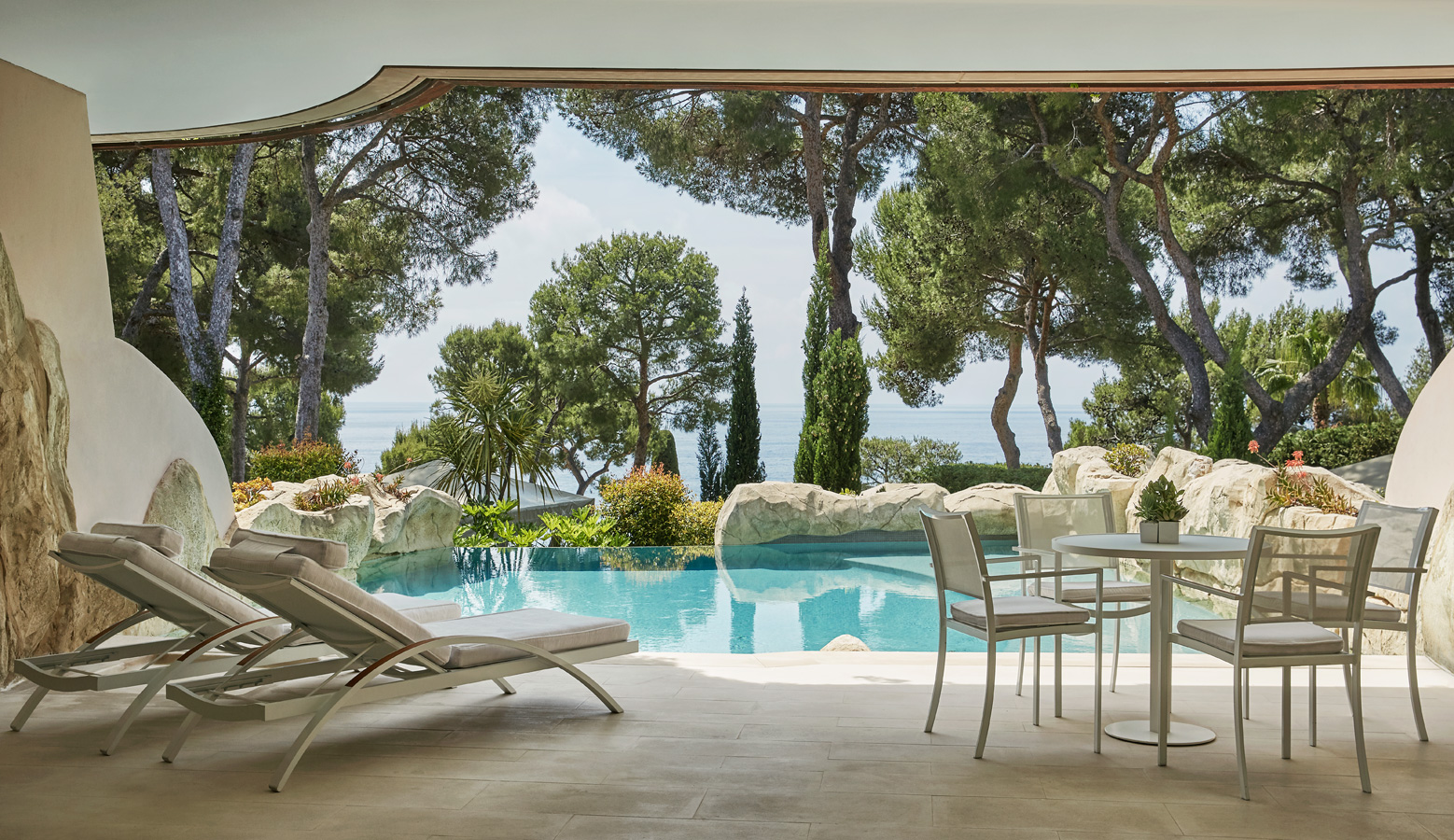
The breathtaking sea view from the Pool Suite
The hotel’s legendary swimming coach, Pierre Gruneberg, meanwhile, really was at the hotel for decades before passing away last year aged 92. Among the guests he counted as his pupils were Charlie Chaplin, Somerset Maugham, Aristotle Onassis, Tina Turner, Brigitte Bardot, David Niven, Elizabeth Taylor, Bono – and LUX’s Editor-in-Chief. The pool is at the tip of the peninsula, beyond the main gardens, where the rocks drop to the sea. It is accompanied by the Club Dauphin restaurant, where we sipped on some sparkling Provence rosé (delicious in a dry, low-dosage way), while watching putative celebrities and honeymooners dunk themselves in the celebrated pool.
Read more: The best of the old and new: Hôtel Hermitage Monte-Carlo
The palace nature of the hotel is evident in the lobby, with its Art Deco marble floors and walls. So perhaps it is a palace, but it always feels like a private one, for just you and your friends. That extends to the bedrooms: our suite looked over the lawns and flowerbeds to the sea. It felt as if a butler would knock on the door and tell us the house party was beginning at any moment. Although there were no house parties while we were there, this is a hotel with one of the most famous terraces in the world, overlooking the lawns and overhung by jasmine and bougainvillea.

The Terrasse Palace Sea View Suite at the Four Seasons Grand-Hôtel du Cap-Ferrat
With a jazz band playing in the gardens, dinner at the Michelin-starred Le Cap was magical, the cuisine as vibrant and elegant as the place: razor clams and cockles au naturel with fresh seaweed, citrus fruits and fennel bavaroise was a dish for the ages. A delicious hotel and an experience unrepeatable anywhere else in the world.

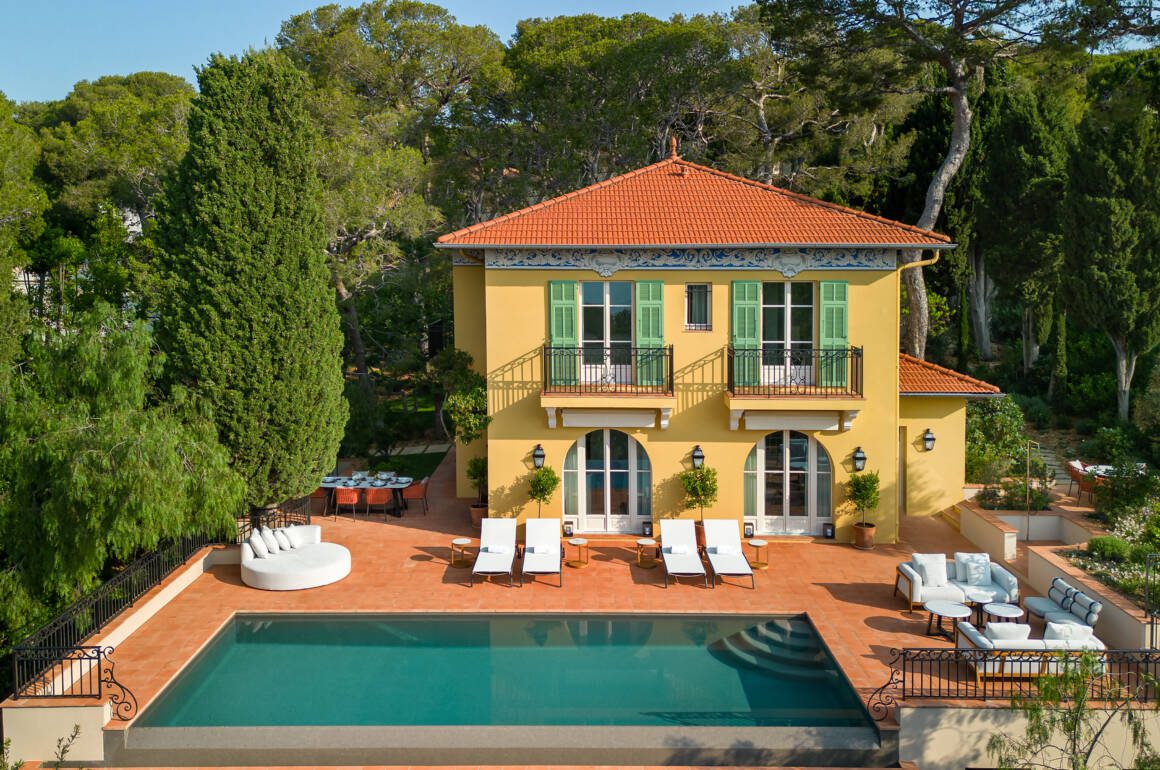

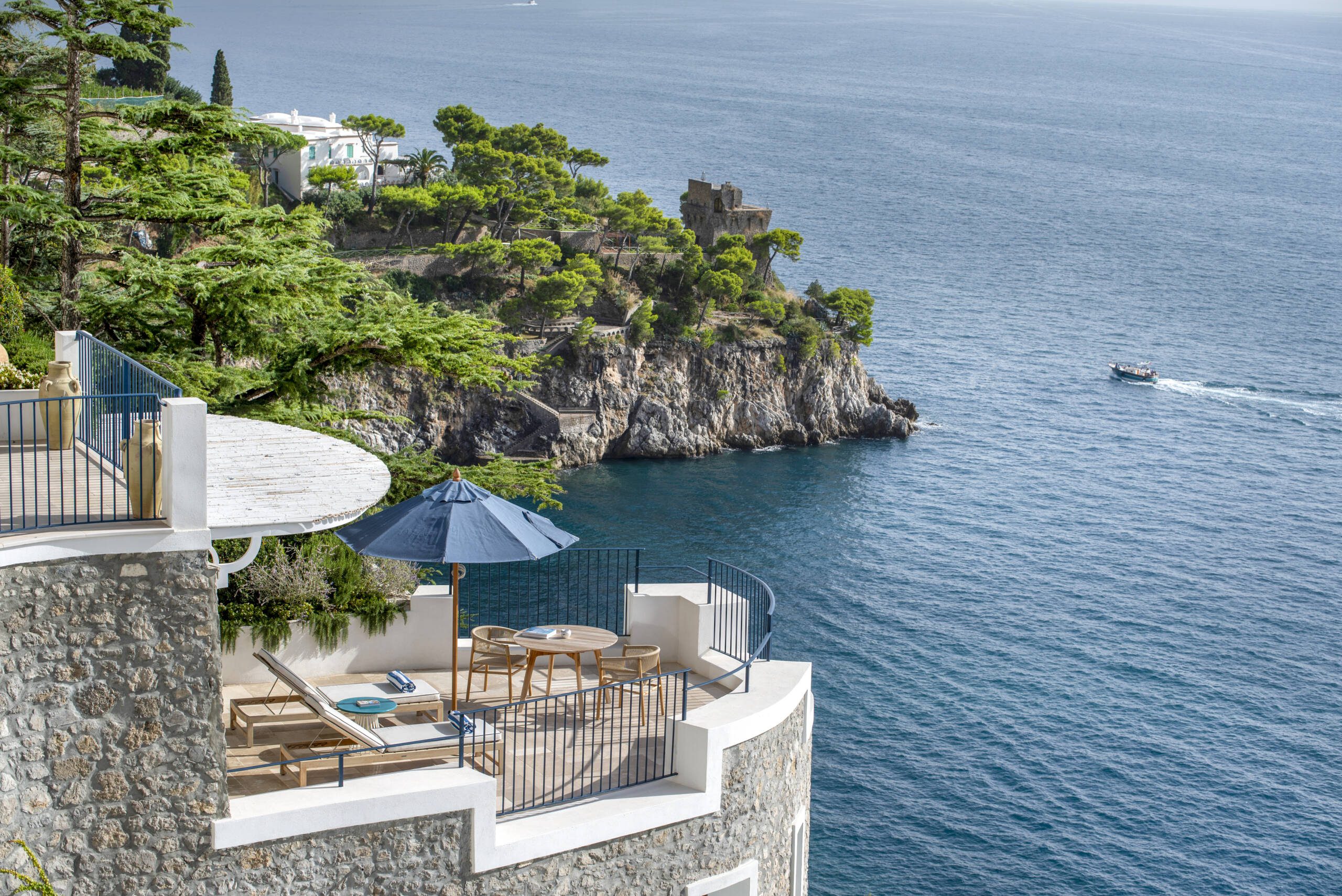


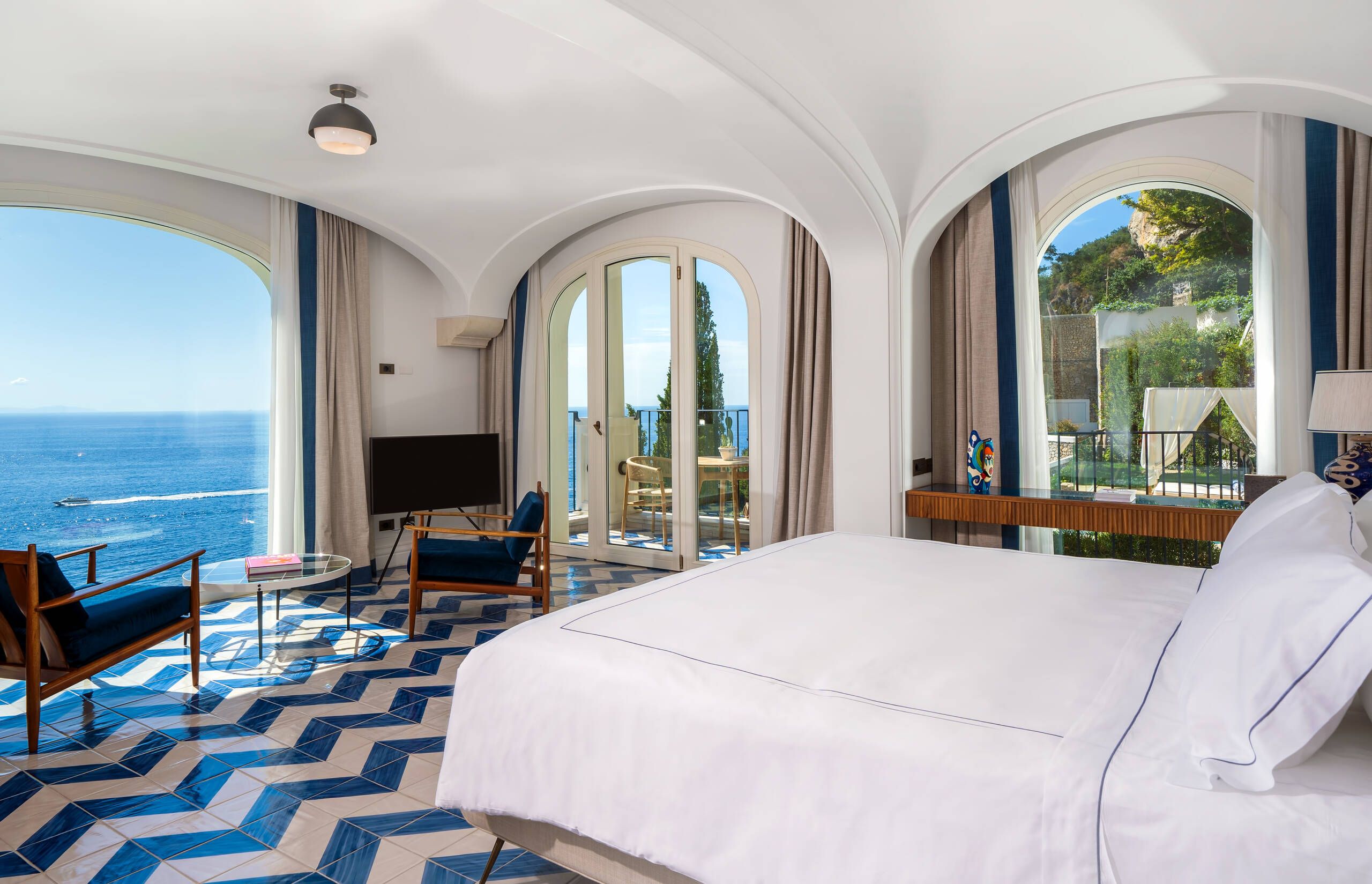
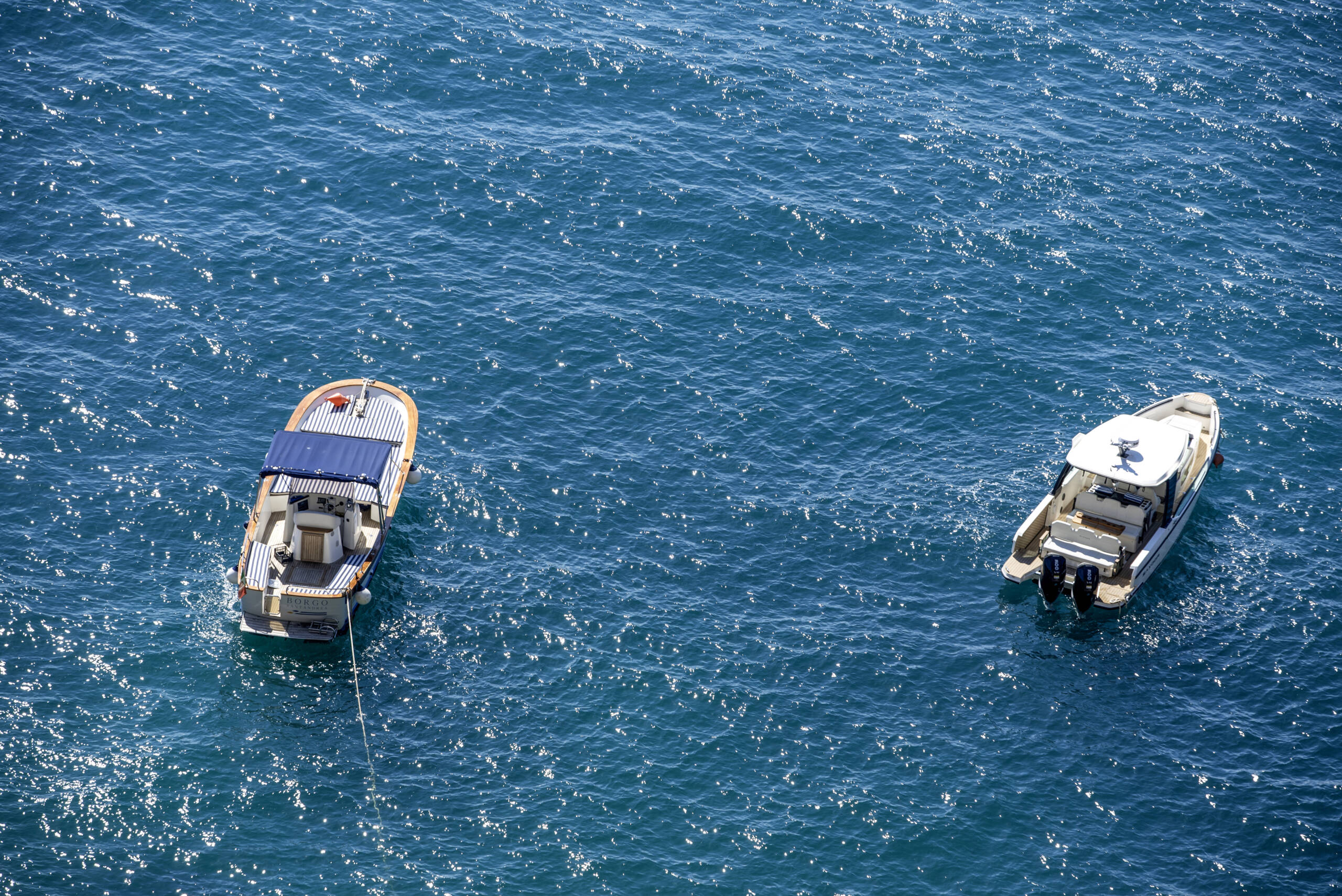
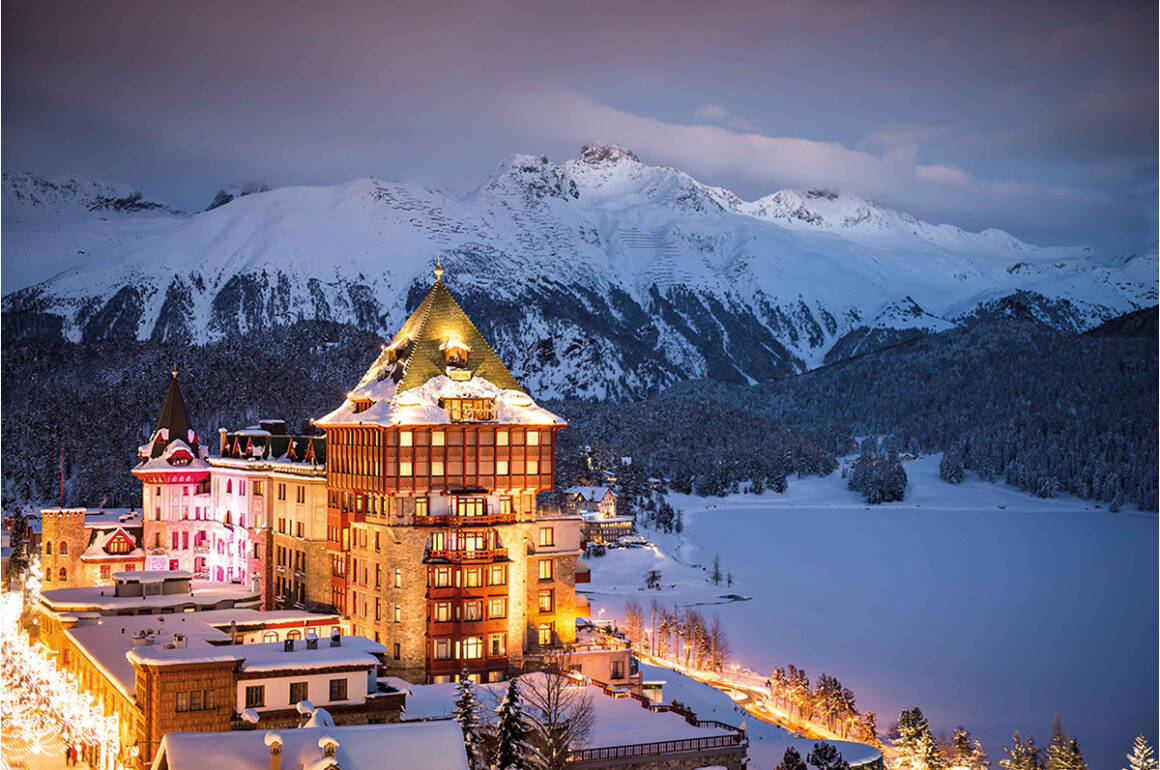
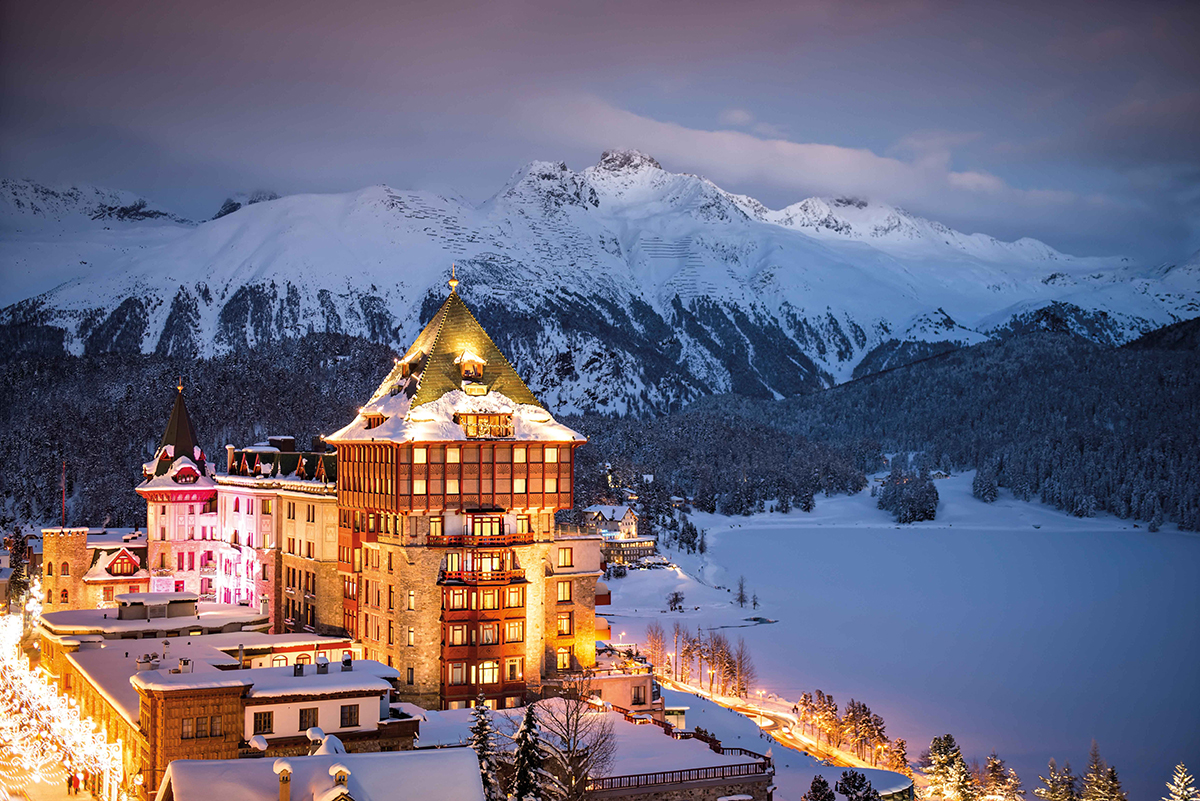
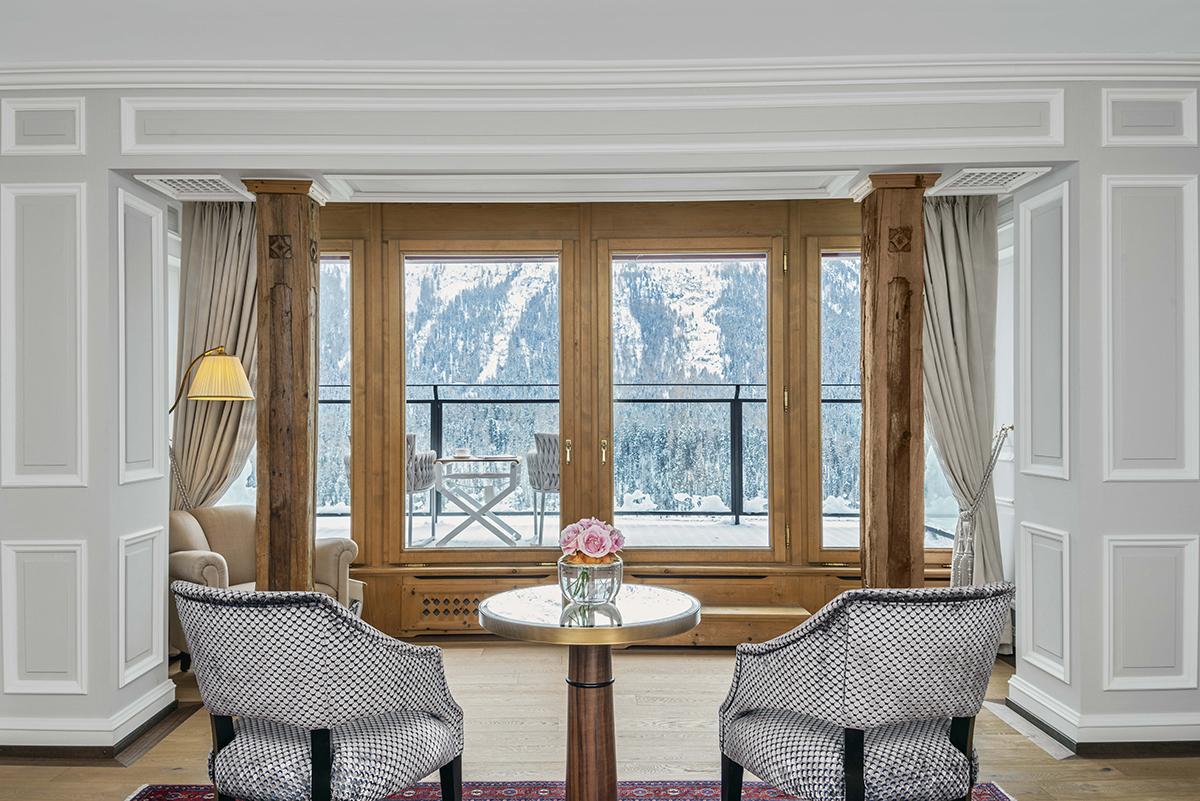
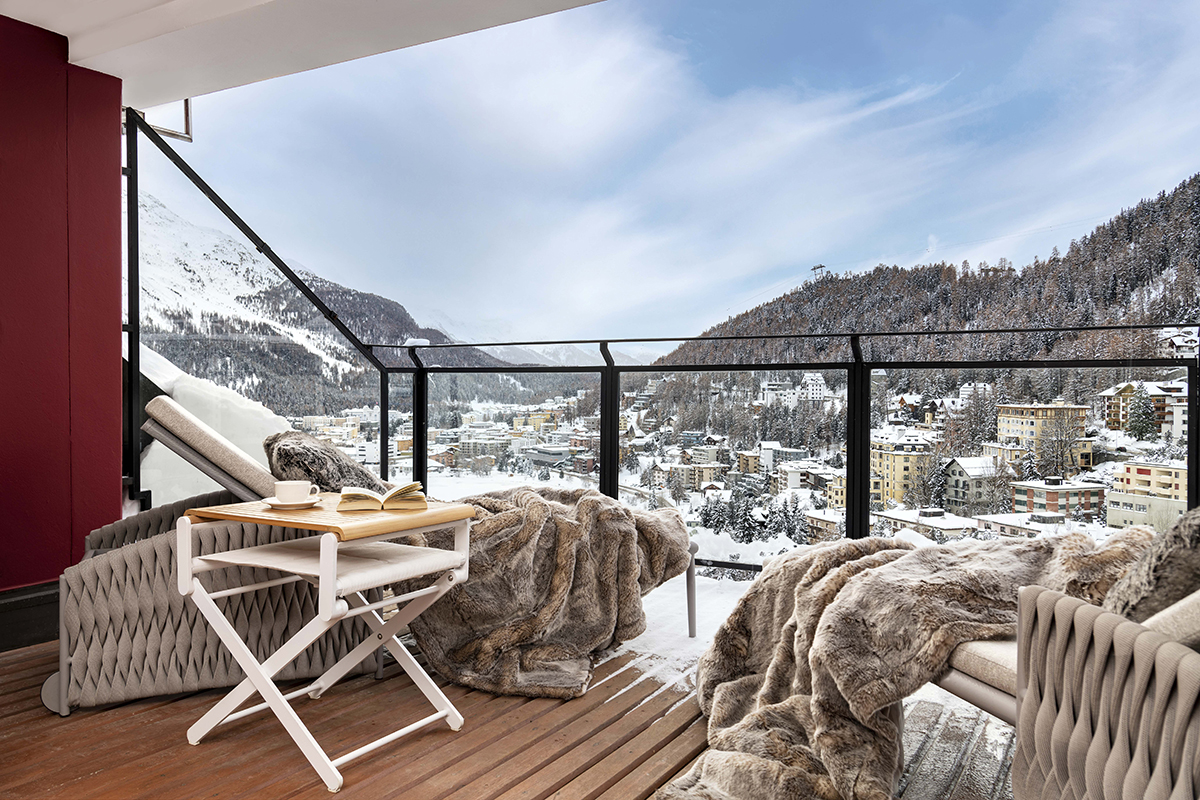
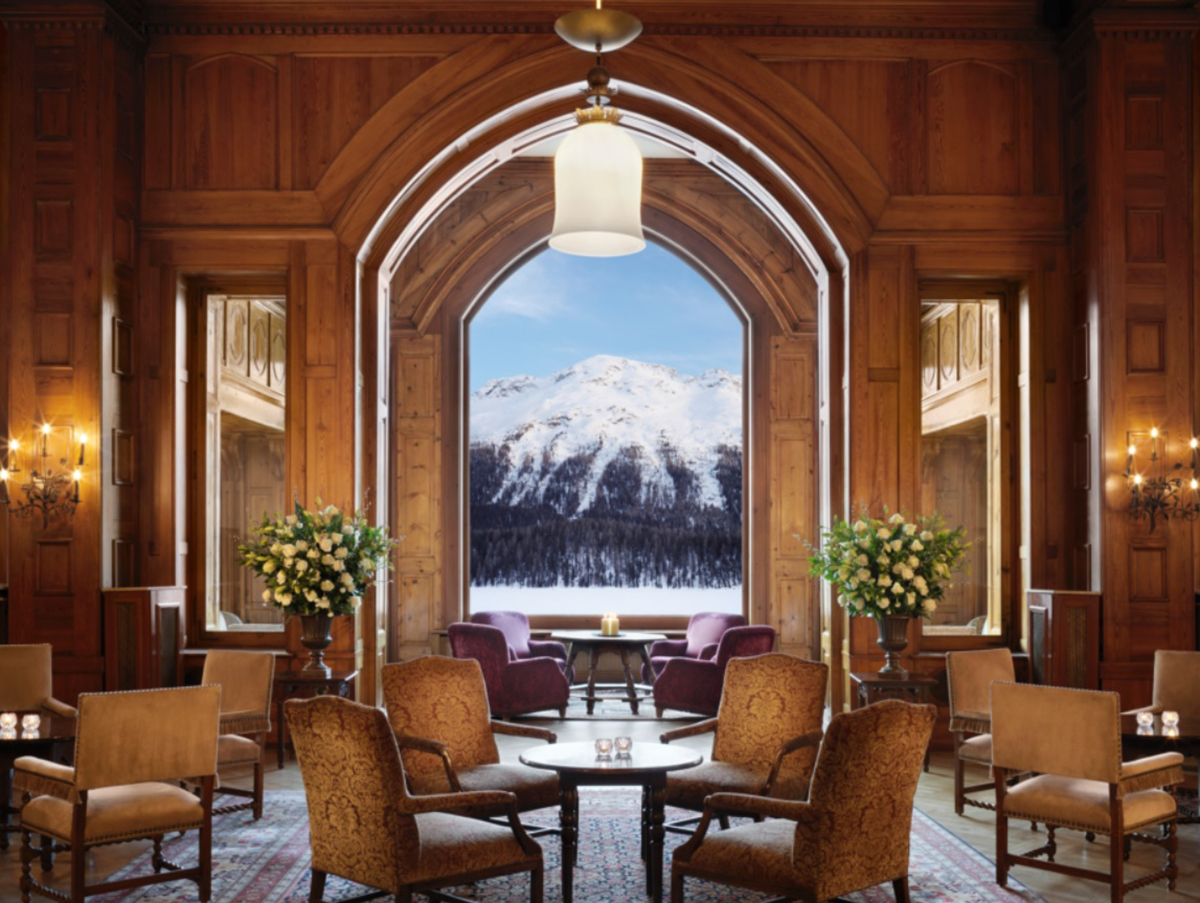
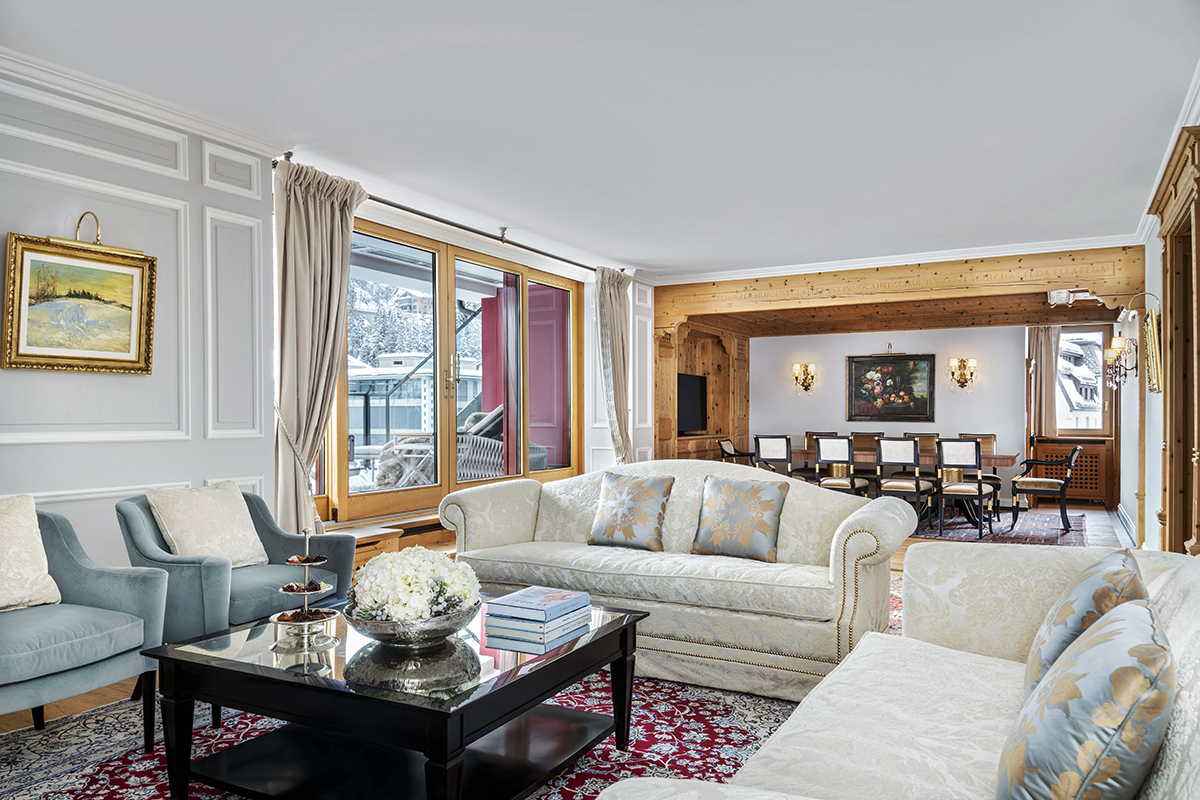
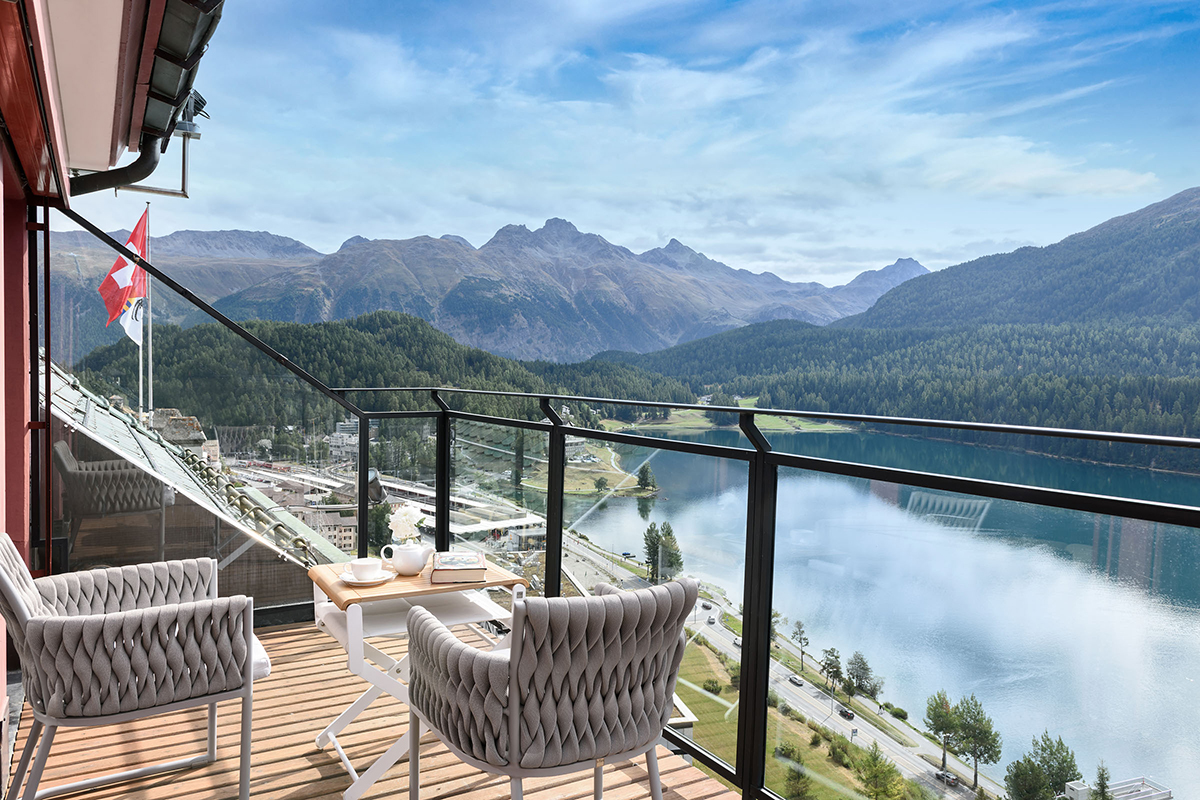





Recent Comments